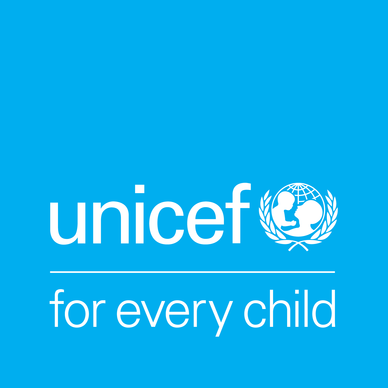JUBA, 8 May 2025 – More than 60,000 malnourished children in South Sudan’s Upper Nile state are at risk of plunging deeper into malnutrition as treatment supplies run critically low and resupply efforts are hampered, the United Nations World Food Programme (WFP) and UNICEF warned today.
Intensified fighting along the White Nile river has meant no humanitarian supplies have reached the area in almost a month. The river is the main humanitarian supply corridor into Upper Nile.
Upper Nile state has some of the highest rates of malnutrition in South Sudan, with over 300,000 children affected by moderate or severe malnutrition in the past year. As the rainy season progresses and conflict continues to displace families, the spread of waterborne diseases and increased food insecurity is expected to contribute to a rise in the number of malnourished children.
Without urgent access and resupply of vital assistance, WFP and UNICEF expect to exhaust nutrition supplies to treat moderate and severe cases of malnutrition by the end of May. This will bring life-saving treatment programmes across the state to a standstill, impacting tens of thousands of children undergoing treatment.
In mid-April, barges carrying 1,000 metric tonnes of food and nutrition supplies bound for Upper Nile state were forced to return due to insecurity. Almost 3,000 additional metric tonnes are on standby in Bor – a humanitarian cargo hub along the Nile River – ready for delivery as soon as conditions allow.
“Children are already the first to suffer during emergencies, if we can’t get nutrition supplies through, we are likely to see escalating malnutrition in areas already at breaking point,” said Mary-Ellen McGroarty, WFP Representative in South Sudan. “This is already one of the most food-insecure regions in South Sudan with extremely high rates of malnutrition, in these situations every day makes a difference for a malnourished child in need of life-saving treatment.”
Due to security concerns and the high value of nutrition supplies, WFP and UNICEF are unable to preposition stock in insecure areas as doing so would leave health facilities and warehouses increasingly vulnerable to looting. Already, in Upper Nile, almost 2,000 cartons of life-saving nutrition supplies (around 26 metric tonnes) have been looted since the onset of the conflict, robbing around 1,900 children of their only chance of treatment and recovery.
“We have reluctantly taken the unprecedented step of holding back supplies for fear that they will not reach the children that so desperately need them, due to the ongoing fighting, looting and disruption of the river route,” said Obia Achieng, UNICEF Representative ad interim in South Sudan. “If this continues, we are in danger of simply running out of supplies in counties across the state by the end of May 2025, with potentially catastrophic results for the youngest, most vulnerable children.”
WFP and UNICEF warn that without an urgent, safe resumption of deliveries, children across Upper Nile will face the devastating consequences of interrupted treatment—reversing hard-won gains in the fight against malnutrition and putting the lives of the youngest and most vulnerable at even greater risk.
#####
About UNICEF
UNICEF, the United Nations agency for children, works to protect the rights of every child, everywhere, especially the most disadvantaged children and in the toughest places to reach. Across more than 190 countries and territories, we do whatever it takes to help children survive, thrive, and fulfil their potential.
+++++
For more information, please contact UNICEF UK Media team at [email protected] or 0208 375 6030.
About UNICEF
UNICEF, the United Nations agency for children, works to protect the rights of every child, everywhere, especially the most disadvantaged children and in the toughest places to reach. Across more than 190 countries and territories, we do whatever it takes to help children survive, thrive, and fulfil their potential.
For more information about UNICEF and its work, please visit: www.unicef.org
Follow UNICEF on X (Twitter), Facebook, Instagram, and YouTube


